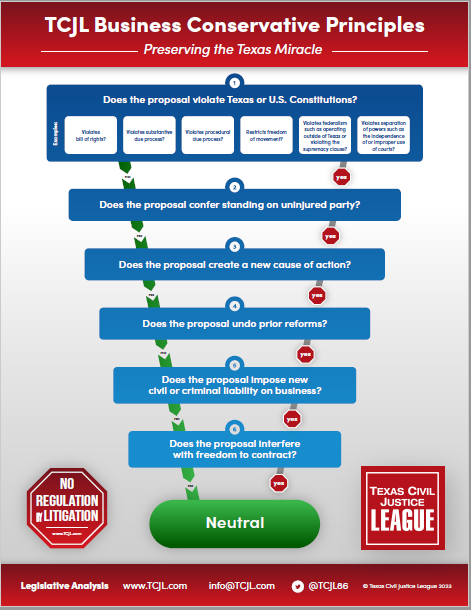
Chief Justice Jimmy Blacklock
The Texas Supreme Court has responded to the U.S. Fifth Circuit Court of Appeals’ request for a state-law interpretation of the term “best available control technology” for purposes of the Texas Clean Air Act and TCEQ rules.
Port Arthur Community Action Network v. Texas Commission on Environmental Quality; Jon Niermann, in his Official Capacity as Chairman of the Texas Commission on Environmental Quality (No. 24-0116; February 14, 2025) from underlying federal litigation challenging a TCEQ permit to construct a power plan in southeast Texas [Port Arthur Cmty. Action Network v. Tex. Comm’n on Env’t Quality, 92 F.4th 1150 (5th Cir. 2024]. The Fifth Circuit certified a question of whether “the phrase ‘has proven to be operational’ in Texas’s definition of ‘best available control technology’ codified at Section 116.10(1) of the Texas Administrative Code require an air pollution control method to be currently operating under a permit issued by the [TCEQ], or does it refer to methods that TCEQ deems to be capable of operating in the future?” One wonders, as Governor Abbott did in an amicus brief in the federal lawsuit, whether the litigation actually presents a federal question, given that the decision apparently turns on a question of state law, but there it is.
In an opinion by Chief Justice Blacklock, the Court responded that neither alternative posed by the certified question is correct under Texas law. Observing that the Court will construe an administrative rule according to the same standards of construction it uses for statutes, Justice Blacklock emphasized that the starting point of any interpretation of a rule is the statute that authorized it. In this case, § 382.0518, Health & Safety Code, requires TCEQ to grant a permit if it “finds that, among other things, “the proposed facility … will use at least the best available control technology, considering the technical practicability and economic reasonableness of reducing or eliminating the emissions resulting from the facility.” Based on the plain meaning of the text of the statute, Justice Blacklock concluded that: (1) the technology must be currently available; (2) is technically practicable; and (3) is economically reasonable.
Turning then to the text of the rule, TAC § 116.10(1) defines BACT as “[a]n air pollution control method for a new or modified facility that through experience and research, has prove to be operational, obtainable, and capable of reducing or eliminating emissions from the facility, and is considered technically practical and economically reasonable for the facility.” First, Chief Justice Blacklock wrote, “[n]othing about this definition indicates that a pollution control technology’s capability of operating in the future has anything to do with the analysis.” In other words, the phrase “has proven” refers to already-proven technology, not one “deemed capable of operating in the future.” The second alternative posed by the 5th Circuit was thus struck from the board. Second, the technology must be established by “experience and research,” that is, “demonstrated, real-world experience rather than the experience of previous permit applications.” Again, there is nothing in the statute or the rule that dictates that TCEQ have already permitted the technology for other plants in order for it to permit the technology in this permit. Indeed, as Chief Justice Blacklock emphasized, “TCEQ has an obligation to issue a permit if it finds, among other things, that the proposed facility “will use at least the best available control technology.” The facility may use new technology that exceeds BACT, technology that has already been permitted for other facilities, or even other technology that “experience and research” have proven will work in the proposed facility. Prior permits may be relevant to the question, but they “are not determinative of BACT in the way the power plant’s opponents have suggested is the case.”
While we are still getting used to writing Chief Justice Blacklock, one thing that has not changed is this Court’s steadfast adherence to statutory authority as the well-spring of administrative regulation and the rules of construction that determine what the law is by what the Legislature actually said. We simply don’t have a “Chevron deference” issue in Texas because this Court made it clear a long time ago that every rule has to be based on a statute and that the plain meaning interpretation of the statute controls the interpretation of the rule (which, by the way, also must be construed according to its plain meaning). This straightforward rule of law holds the feet of both regulators and courts to the fire and assures that constitutional separation of powers is preserved.










